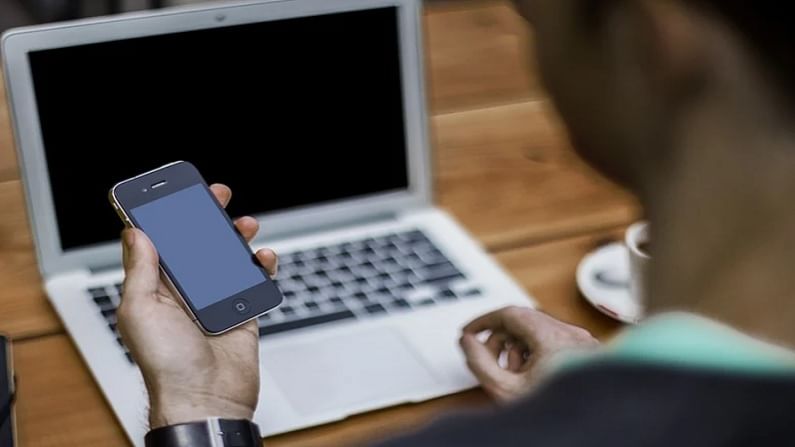Soon, you can get COVID-19 results on a smartphone in less than 55 minutes
To test the device, the researchers relied on donated serum samples from people who were healthy and others who were COVID-19-positive
- Press Trust of India
- Last Updated : February 26, 2021, 13:29 IST

Washington: Scientists have developed a stamp-sized chip that simplifies COVID-19 testing, and delivers results on a smartphone in less than 55 minutes.
The microfluidic chip developed by researchers from Rice University in the US measures the concentration of SARS-CoV-2 nucleocapsid (N) protein, a biomarker for COVID-19, in blood serum from a standard finger prick.
According to the research published in the journal ACS Sensors, the nanobeads bind to SARS-CoV-2 N protein in the chip and transport it to an electrochemical sensor that detects minute amounts of the biomarker.
The researchers noted that their process simplifies sample handling compared to swab-based PCR tests that are widely used to diagnose COVID-19 and need to be analysed in a laboratory.
“What’s great about this device is that it doesn’t require a laboratory,” said Rice lab of mechanical engineer Peter Lillehoj.
“You can perform the entire test and generate the results at the collection site, health clinic or even a pharmacy. The entire system is easily transportable and easy to use,” he said in a statement.
The team, including Rice graduate student and lead author Jiran Li, took advantage of existing biosensing tools to develop simple diagnostics, like a microneedle patch introduced last year to diagnose malaria.
The new tool relies on a slightly more complex detection scheme but delivers accurate, quantitative results in a short amount of time.
To test the device, the researchers relied on donated serum samples from people who were healthy and others who were COVID-19-positive.
They said a longer incubation yields more accurate results when using whole serum.
The team found that 55 minutes was an optimum amount of time for the microchip to sense SARS-CoV-2 N protein at concentrations as low as 50 picograms (billionths of a gram) per millilitre in whole serum.
The microchip could detect N protein in even lower concentrations, at 10 picograms per milliliter, in only 25 minutes by diluting the serum fivefold.
Paired with a Google Pixel 2 phone and a plug-in potentiostat — a device that controls voltage and measures resulting current — it was able to deliver a positive diagnosis with a concentration as low as 230 picograms for whole serum.
“There are standard procedures to modify the beads with an antibody that targets a particular biomarker,” Lillehoj said.
“When you combine them with a sample containing the biomarker, in this case SARS-CoV-2 N protein, they bond together,” he added.
A capillary tube is used to deliver the sample to the chip, which is then placed on a magnet that pulls the beads towards an electrochemical sensor coated with capture antibodies.
The beads bind to the capture antibodies and generate a current proportional to the concentration of biomarker in the sample.
The potentiostat reads that current and sends a signal to its phone app.
If there are no COVID-19 biomarkers, the beads do not bind to the sensor and get washed away inside the chip.
Download Money9 App for the latest updates on Personal Finance.
Related
- Are Relationships Making You Gain Weight? Experts Explain the Science Behind the Trend
- Ozempic Craze: Hollywood Celebrities and the Weight Loss Drug Revolution
- Health insurance vs. Medical corpus: What’s your choice?
- Budget 2024: Insurers anticipate tax reforms in health insurance
- Claim rejected even after completing Moratorium Period?
- Budget 2024: Health insurers seek more tax incentives

